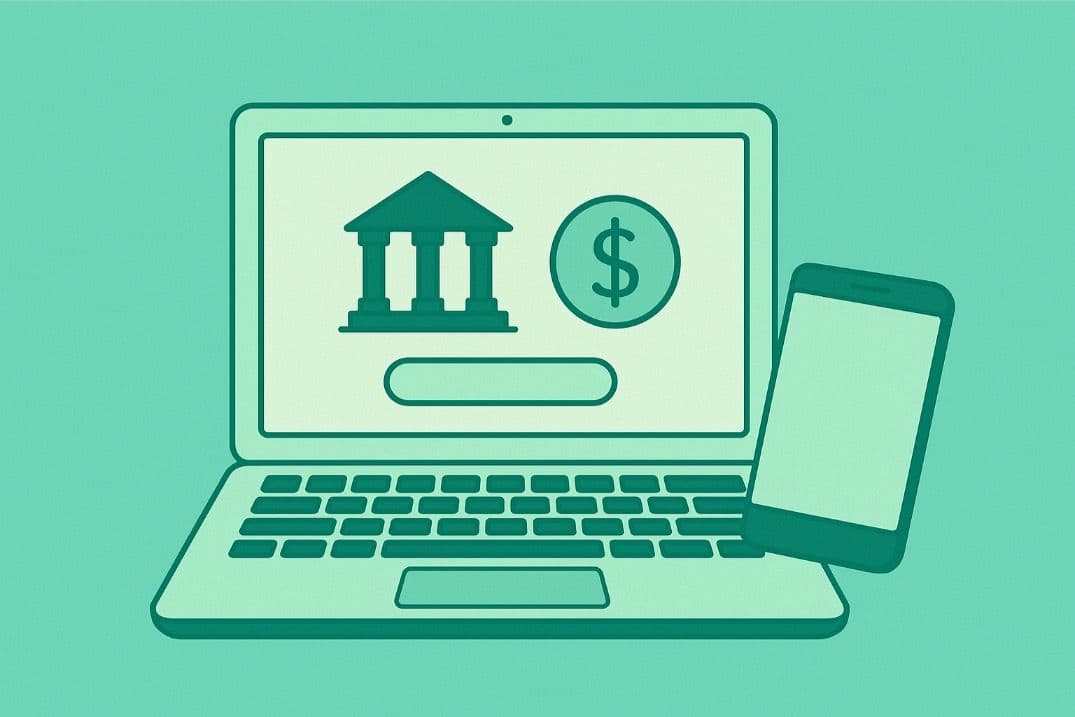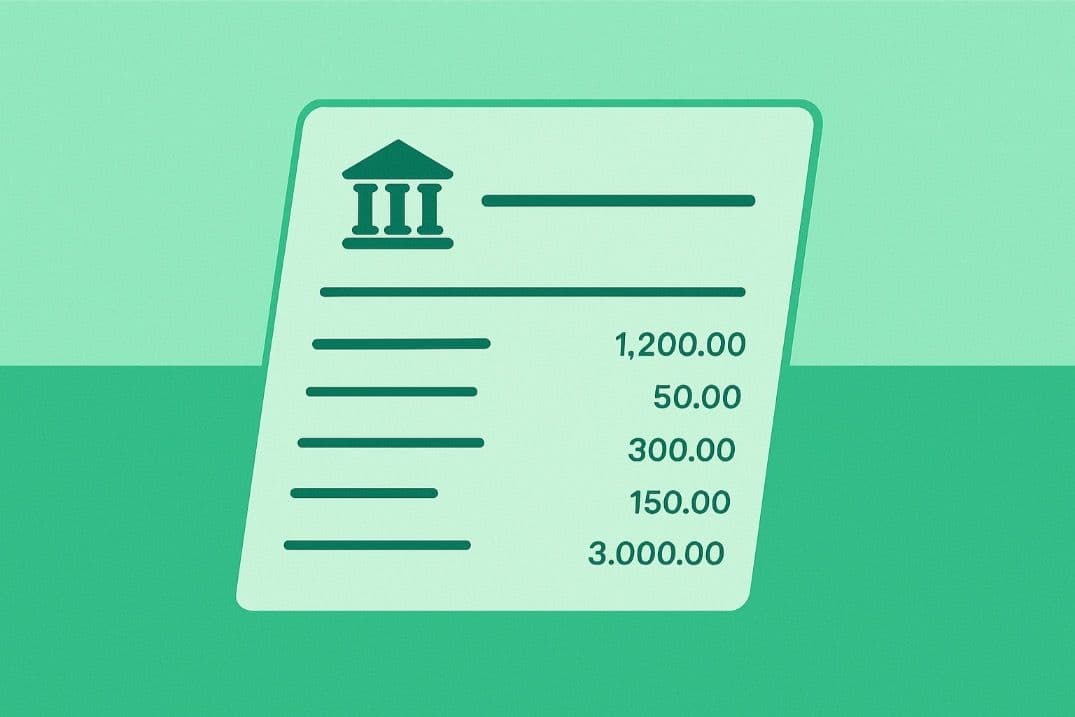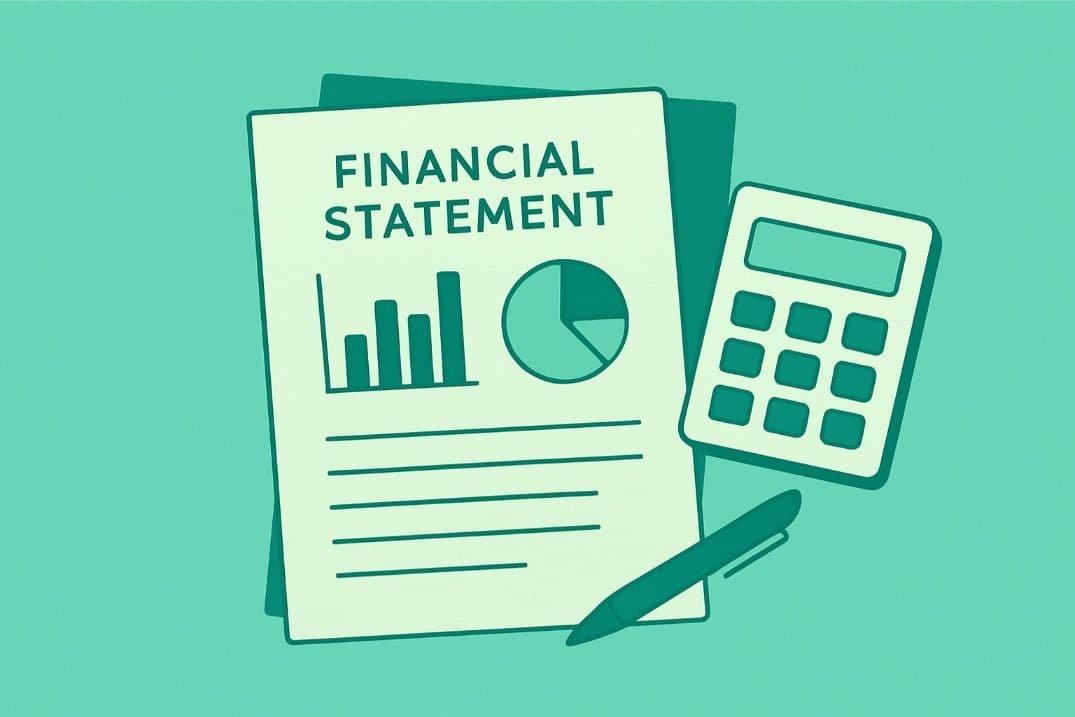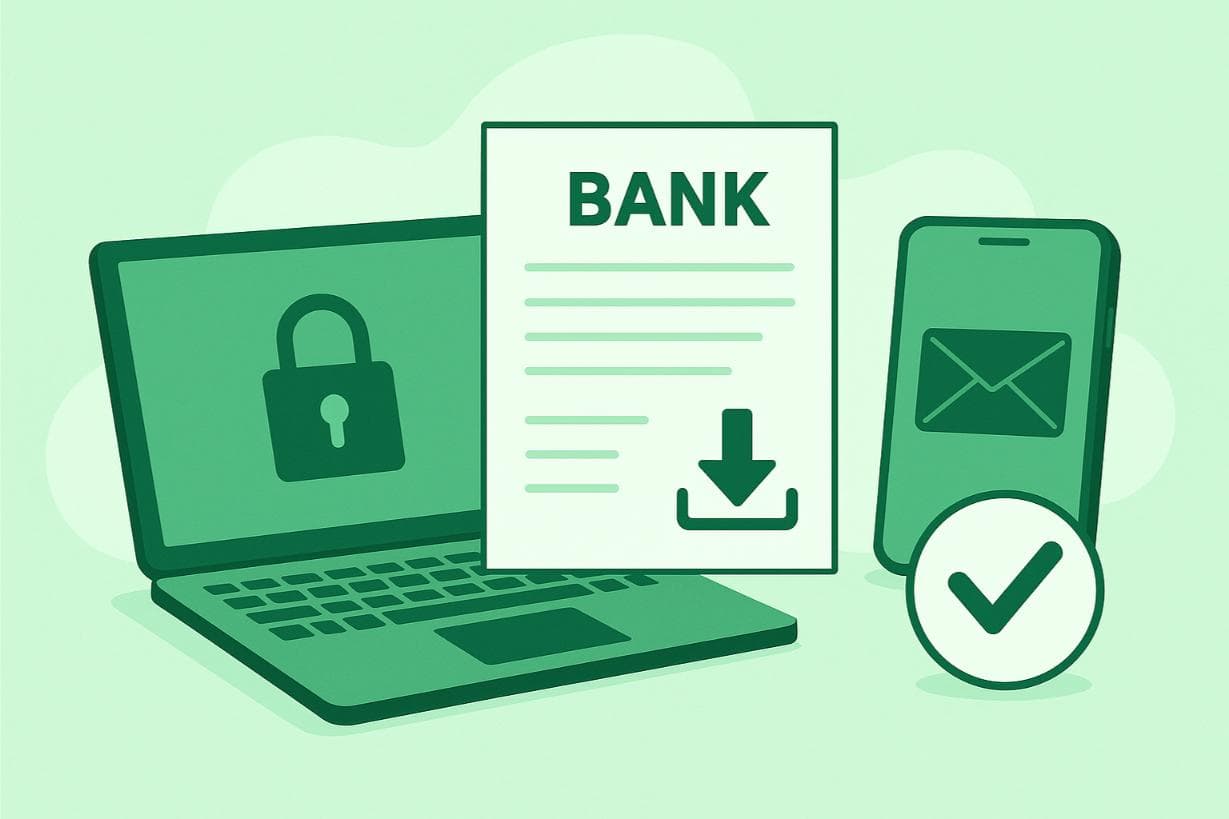What is Online Banking?

Online banking refers to the suite of services that allow individuals to manage their finances via the Internet. It enables users to perform financial transactions and activities through a bank’s website.
Online banking covers basic tasks such as viewing account balances to more complex operations like transferring money, paying bills, and applying for loans, all without the need to visit a physical bank branch.
The Shift from Traditional to Online Banking
The transition from traditional to online banking represents a significant shift in how people interact with financial institutions.
Traditional banking relied heavily on in-person interactions, paper-based processes, and physical cash handling. As technology advanced, so did consumer expectations for accessibility, speed, and convenience in managing their money.
The first major online banking service was introduced in the early 1980s, but it was not until the internet became widely accessible in the late 1990s that online banking started to gain substantial traction.
Since then, technological advancements have continuously shaped the banking landscape. Online banking platforms now offer comprehensive services that previously required a visit to a bank.
The rise of digital-only banks, which operate without traditional physical branch networks, has further accelerated the adoption of online banking.
These platforms appeal to tech-savvy consumers looking for streamlined, user-friendly financial services.
Today, online banking is considered a standard offering by most banks around the world, serving millions of customers with the convenience that modern life demands.
Advantages of Online Banking
Constant Access to Banking Functions
- 24/7 Accessibility: Users can access their bank accounts anytime, eliminating the need to adhere to traditional bank opening hours.
- Ease of Use: Modern online banking platforms are designed with user-friendly interfaces, making it simple to manage finances with just a few clicks.
Efficiency in Financial Operations
- Reduced Costs for Users: By reducing the need for physical branches, banks can offer lower service fees to their customers.
- Streamlined Business Operations: Online banking allows for the automation of routine tasks such as payroll, tax payments, and managing receivables. Many businesses also import bank statements into Excel to automate reconciliation processes and streamline reporting.
Reduced Paper Usage and Physical Infrastructure
- Paperless Transactions: Online banking minimizes the need for paper, transitioning most paperwork to digital form, which includes bank statements, bills, and receipts, contributing significantly to environmental conservation.
- Lesser Physical Infrastructure Needs: With more customers opting for online services, the demand for physical bank branches decreases, which in turn reduces the carbon footprint associated with maintaining these facilities.
Disadvantages of Online Banking
While online banking provides tremendous efficiency, it's important to be aware of its potential drawbacks:
- Technical Issues: Online banking relies heavily on the underlying technology. Unexpected downtimes can occur due to maintenance, leaving users without access to their accounts during critical moments. Such interruptions can also lead to financial losses, especially for businesses that need constant access to their banking services.
- Reduced Human Interaction: The shift to online platforms significantly reduces personal interaction with bank staff. Especially older customers, the lack of human support can be frustrating. Automated services, often fail to address specific concerns effectively, leading to dissatisfaction among users who prefer a more personalized approach.
- Accessibility Issues: Online banking assumes that users have constant access to the internet. Disparities in access to technology, often influenced by socioeconomic factors, can exclude significant portions of the population from fully benefiting from online banking services. This digital divide can perpetuate inequality, as those without reliable internet are less able to manage their finances efficiently. In such cases, tools with OCR capabilities can help users digitize paper-based statements, offering a partial workaround to limited internet access.
What Do You Need for Online Banking?
To get started with online banking, you'll need a few key components.
First, you must have a bank account with a financial institution that offers online banking services.
Once you have an account, the process of setting up online access typically involves registering for an online account through the bank’s website or mobile app. This registration process usually requires providing personal information to verify your identity, such as your account number, Social Security number, and other identifying details.
It’s important to use a secure network to protect your financial information from unauthorized access. You should also have updated anti-virus software installed on your device for optimal security.
Lastly, a compatible device, such as a smartphone, tablet, or computer, with the latest software updates installed is necessary to ensure compatibility with your bank’s online banking platform.
Most banks offer mobile apps that make it even easier to manage your finances on the go, providing a user-friendly interface for conducting everyday banking activities.
Once registered, users can access and download their bank statements directly through the bank’s online portal or app - one of the key benefits of digital banking.
With these essentials in place, you can take full advantage of the convenience that online banking has to offer, managing your finances with just a few clicks.
Online platforms also simplify the retrieval of financial records, which is especially helpful when compiling or reviewing a financial statement for business or personal use.


